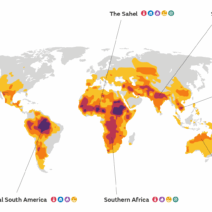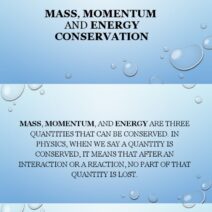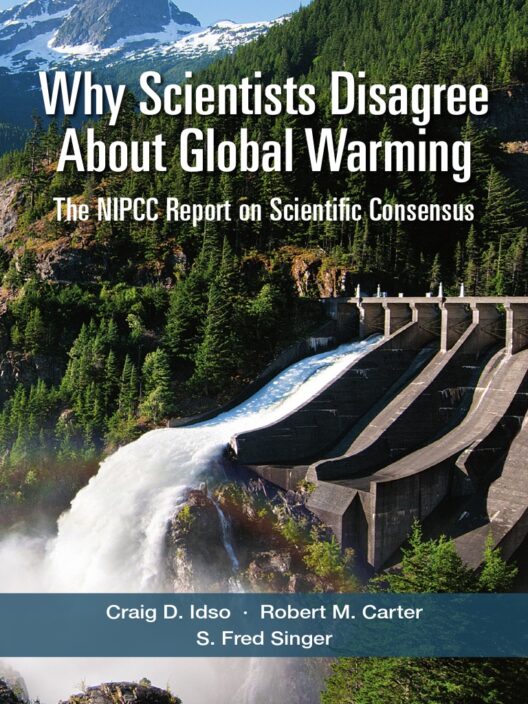The phrase “Drive Less Live More” succinctly encapsulates a powerful ethos in the collective struggle against global warming. The simple act of reducing one’s commute is not merely a personal decision, but rather a vital contribution to environmental preservation. The repercussions of commuting on climate change are pervasive and multifaceted, warranting a closer examination of the underlying motivations and potential solutions to this pressing issue.
Emissions from vehicles are a significant source of greenhouse gases, notably carbon dioxide (CO2). Statistics reveal that transportation accounts for approximately 29% of total greenhouse gas emissions in the United States. This figure—emanating from gas-burning vehicles—fortuitously highlights the direct correlation between our daily routines and environmental degradation. The combustion of fossil fuels, an intrinsic aspect of vehicular operation, releases toxic pollutants that gravely harm our atmosphere and, consequently, our health.
Commute patterns often reflect societal norms and infrastructural investments. The suburbanization of America, for example, illustrates how urban design necessitates car reliance. Individuals become entrapped in a vicious cycle—between home and workplace, suburbs and city centers—often resulting in lengthy commutes. Traffic congestion exacerbates this phenomenon, creating a scenario where individuals find themselves idling, contributing even further to carbon emissions. When we opt to drive less, we do not merely lighten our ecological footprint; we challenge the sociological constructs that incentivize car-centric living.
Achieving significant reductions in vehicle miles traveled requires collective behavioral shifts and the reimagining of existing urban environments. Alternative modes of transport—such as biking, walking, and public transport—are not only feasible but also advantageous. Vibrant, pedestrian-friendly communities promote physical health and well-being while simultaneously decreasing reliance on automobiles. The mental and physical health benefits of walking or cycling—a sense of community, the joy of open air, and the invigorating aspects of exercise—cannot be understated. Whether taking the scenic route on two wheels or strolling through local parks, these activities foster a deeper connection to our environment.
Moreover, public transportation presents a viable solution to the commuting conundrum. Buses and trains can accommodate numerous passengers, thereby reducing the number of individual vehicles on the road. However, the success of mass transit systems relies heavily on investment and planning. Communities must advocate for improved public transit, ensuring accessibility, reliability, and coverage. This advocacy is essential not only to combat climate change but to rectify social inequities; insufficient public transport options disproportionately affect those with lower incomes, who may lack the luxury of private vehicle ownership. When cities are designed with inclusivity in mind, the transformative potential of public transportation can be unleashed.
In many instances, the allure of driving is intertwined with the cultural fabric that glorifies individualism and independence. In stark contrast, choosing to drive less and explore alternative modes of transit can cultivate a sense of communal spirit. Carpooling, for instance, not only diminishes ecological footprints but enhances social connections within neighborhoods. Sharing rides fosters a sense of camaraderie and reduces alienation a common plight in today’s fast-paced society. Such shared experiences cultivate stronger social networks and engender support systems that transcend mere transportation.
Technology can also play a pivotal role in reducing commuting time and pollution. Ride-sharing platforms epitomize innovation that aligns modern convenience with environmental responsibility. By optimizing routes and maximizing vehicle occupancy, these platforms illustrate how technology can reduce carbon footprints while catering to contemporary lifestyles. Yet, technology is not a panacea; it necessitates a conscientious user base committed to sustainable practices. As consumers leverage available technologies, a mindful approach toward resource usage is critical.
As remote work becomes increasingly normalized in various sectors, it is imperative to recognize the profound implications of telecommuting on our ecological landscape. Working from home inherently reduces commute-related emissions, introducing the potential for significant environmental benefits. The shift to hybrid work models further exemplifies the convergence of modern lifestyles with the environmental mandates of our time. By utilizing home offices and digital collaboration tools, employees can sidestep traditional constraints, thus mitigating their contribution to climate change.
In addressing these issues, education emerges as a cornerstone of an enlightened populace. The cultivation of awareness around the environmental impacts of commuting will empower individuals to make informed choices. Communities and organizations may employ workshops, campaigns, and training programs to elucidate the benefits of reduced reliance on cars, fostering a culture of sustainability. People united around a common cause can enact profound changes, steering local and national policies toward greener futures.
Ultimately, the phrase “Drive Less Live More” serves as both a rallying cry and a roadmap towards a sustainable future. By making conscious decisions to reduce our reliance on vehicles, accelerate the demand for efficient public transit, and embrace the allure of environmentally sound transportation alternatives, we pave the way for collective action against global warming. Each step taken—whether it be a bike ride down the block or a bus ride across town—is a powerful testament to our commitment to safeguarding the planet for future generations.
In conclusion, embracing this transformative mantra not only nurtures the environment but also fosters a richer, more connected existence. As the world stands on the precipice of environmental crisis, individual choices can culminate into societal change. The path toward reduced carbon footprints lies before us; all it requires is the collective will to minimize our drives and maximize our lives.







